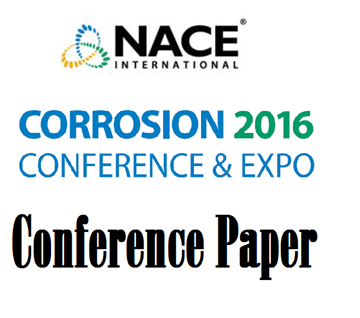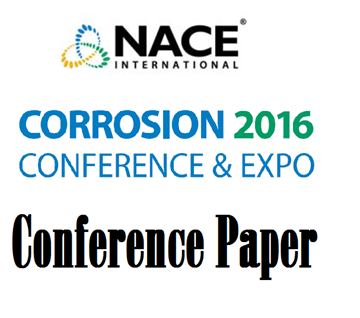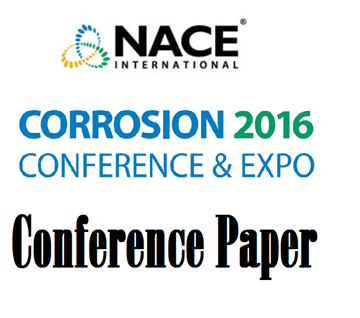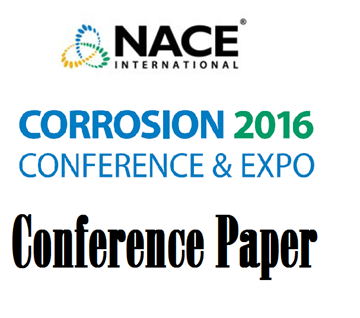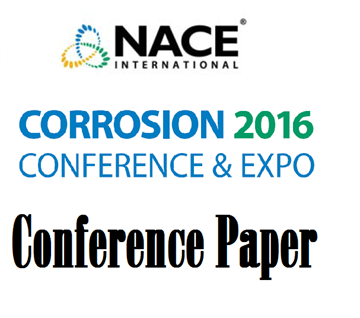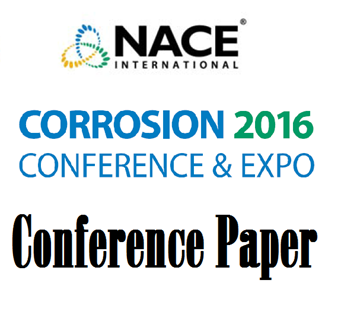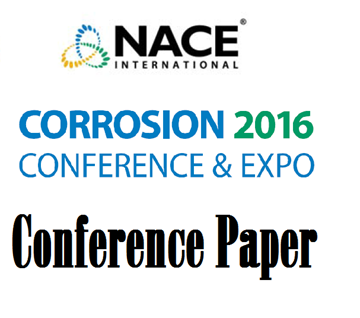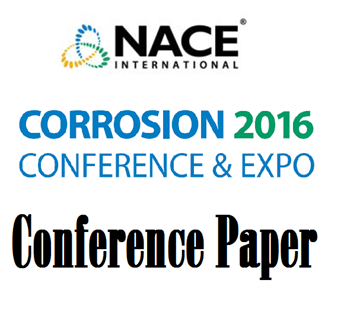Search
Products tagged with '2016 Conference Papers'
View as
Sort by
Display
per page
51316-7228-Study of Cathodic Protection in Soils with the Use of Specific Coupons
Product Number:
51316-7228-SG
ISBN:
7228 2016 CP
Publication Date:
2016
$20.00
51316-7230-Development of Integrated Condition Monitoring System for Corrosion and Stray Current Monitoring On
Product Number:
51316-7230-SG
ISBN:
7230 2016 CP
Publication Date:
2016
$20.00
51316-7231-Effect of Surface Finishes on the Atmospheric Corrosion of Duplex Grade UNS S32205: Results of a Field Exposure Program in Dubai
Product Number:
51316-7231-SG
ISBN:
7231 2016 CP
Publication Date:
2016
$20.00
51316-7233-A New Method for Prioritizing Equipment in HTHA Service for Inspection and Replacement
Product Number:
51316-7233-SG
ISBN:
7233 2016 CP
Publication Date:
2016
$20.00
51316-7235-Detecting Inhibitor Migration Depth in Topically-Treated Concrete Using DART-MS
Product Number:
51316-7235-SG
ISBN:
7235 2016 CP
Publication Date:
2016
$20.00
51316-7237-Corrosion Assessment of Nickel-based Alloy Candidates for SCWR Fuel Cladding
Product Number:
51316-7237-SG
ISBN:
7237 2016 CP
Publication Date:
2016
$20.00
51316-7244-Eddy Current for Sizing Cracks in Canisters for Dry Storage Casks – Laboratory Measurements”
Product Number:
51316-7244-SG
ISBN:
7244 2016 CP
Publication Date:
2016
$20.00
51316-7245-Corrosion Risk Assessment and Cathodic Protection for Aging Electric Utility Transmission Sructures
Product Number:
51316-7245-SG
ISBN:
7245 2016 CP
Publication Date:
2016
$20.00
51316-7248-Corrosion Risk Assessment and Failure Analysis in Industrial Water Systems
Product Number:
51316-7248-SG
ISBN:
7248 2016 CP
Publication Date:
2016
$20.00
51316-7250-Sour Localized Pitting Corrosion Model of Carbon Steel: A Status Update
Product Number:
51316-7250-SG
ISBN:
7250 2016 CP
Publication Date:
2016
$20.00
51316-7252-The Role of Corrosion Management in Prevention of Corrosion Failures
Product Number:
51316-7252-SG
ISBN:
7252 2016 CP
Publication Date:
2016
$20.00
51316-7253-The Influence of Microstructure and Composition on the Crevice Corrosion of Ni-Cr-Mo Alloys
Product Number:
51316-7253-SG
ISBN:
7253 2016 CP
Publication Date:
2016
$20.00

